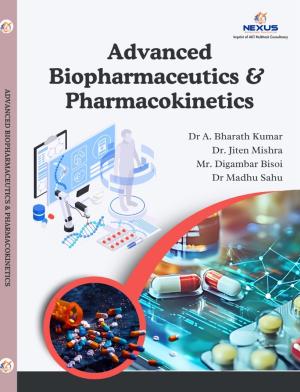DRUG ABSORPTION FROM THE GASTROINTESTINAL TRACT
Synopsis
Drug absorption from the gastrointestinal tract is a critical determinant of the pharmacokinetic profile and therapeutic efficacy of orally administered medications. The GI tract offers a vast surface area, rich blood supply, and diverse physiological environments that influence drug solubility, permeability, and bioavailability. Absorption primarily occurs in the small intestine due to its favorable pH, extensive villi and microvilli architecture, and prolonged residence time.
Drugs traverse the GI epithelium via multiple mechanisms:
- Passive diffusion, driven by concentration gradients, accounts for the majority of drug absorption.
- Carrier-mediated transport (facilitated diffusion and active transport) enables selective uptake of nutrients and drugs.
- Paracellular transport through tight junctions plays a minor role, limited by molecular size and charge.
- Vesicular transport (endocytosis) facilitates uptake of macromolecules and certain lipophilic drugs.
Factors affecting absorption include:
- Physicochemical properties of the drug (solubility, pKa, molecular weight)
- Formulation characteristics (disintegration, dissolution rate)
- GI physiology (motility, pH, enzymatic activity, presence of food)
- Patient-specific variables (age, disease states, concurrent medications)
Challenges such as enzymatic degradation, efflux transporters, and first-pass metabolism necessitate innovative drug delivery strategies, including prodrugs, permeation enhancers, and nanoformulations. Understanding the interplay between drug properties and GI physiology is essential for optimizing oral drug delivery and improving therapeutic outcomes.
Downloads
Pages
Published
License

This work is licensed under a Creative Commons Attribution-NonCommercial-NoDerivatives 4.0 International License.





